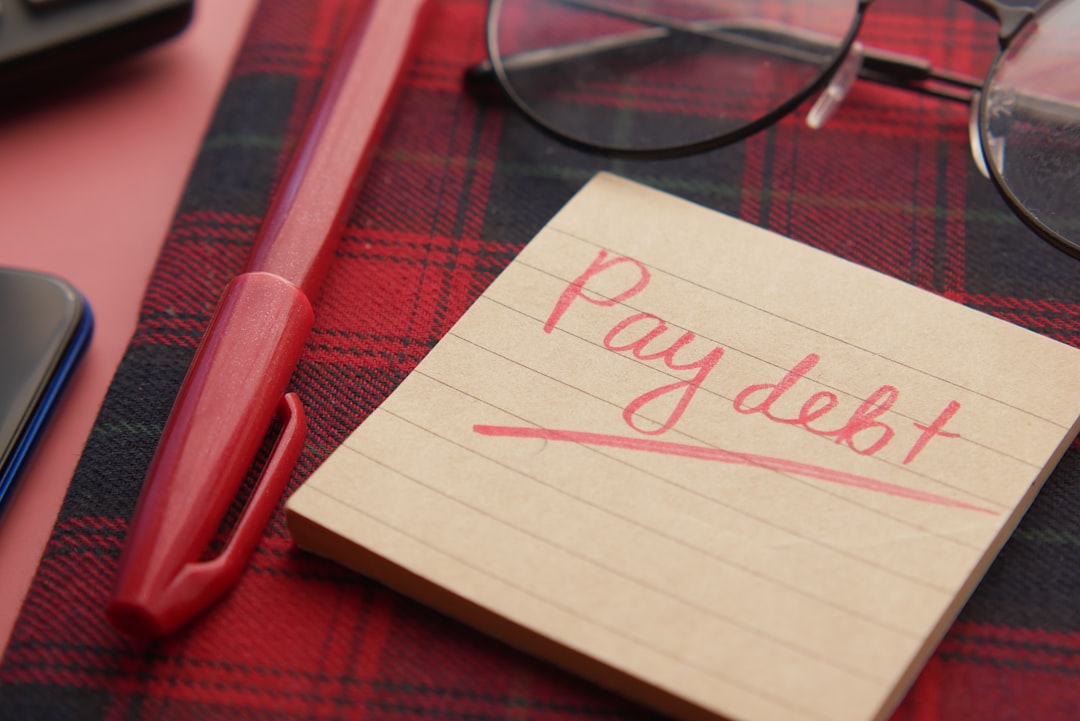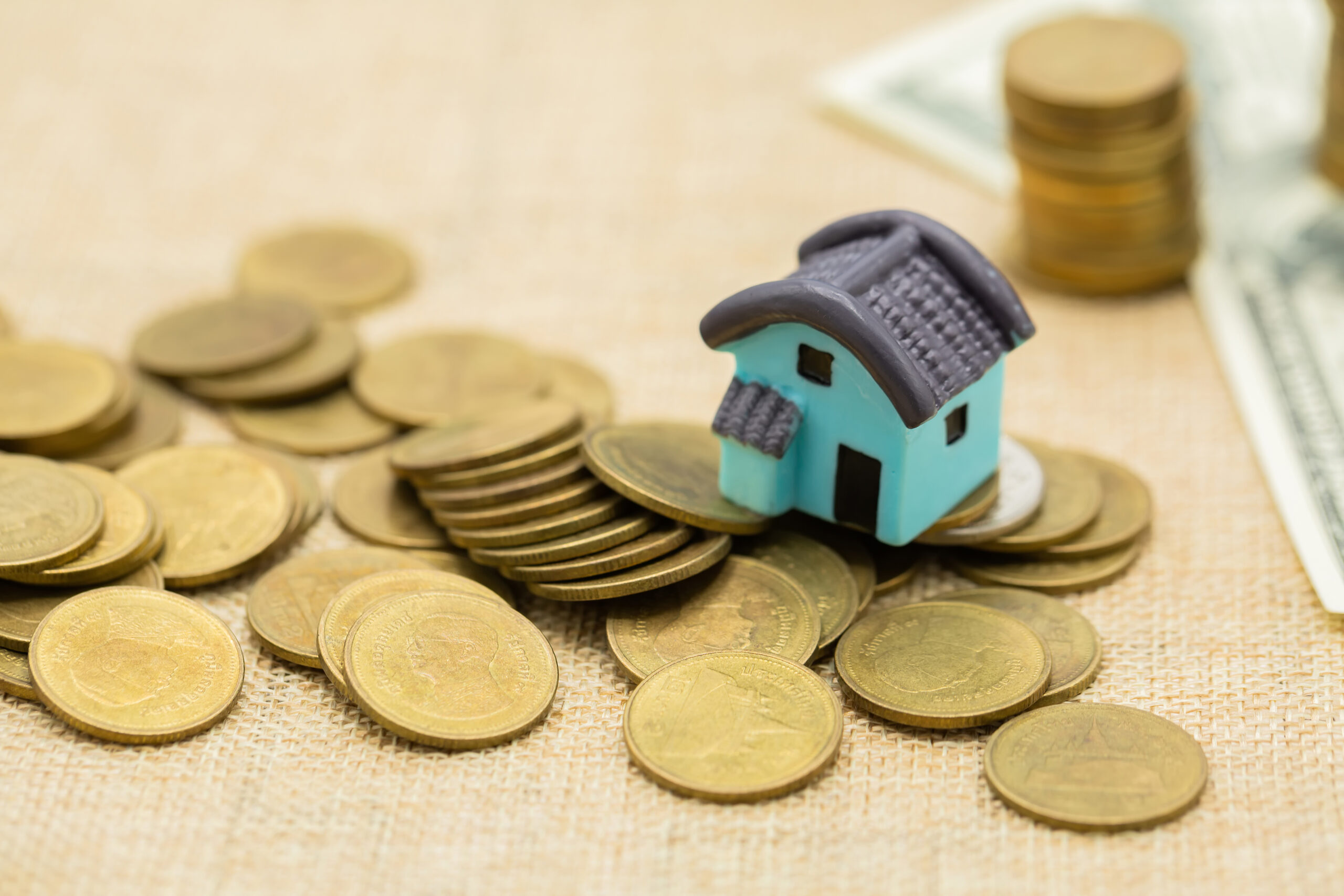In today’s financially uncertain world, many homeowners find themselves trapped in the cycle of high-interest debt. Credit card balances, personal loans, and other debts seem to mount up quickly, making it feel nearly impossible to pay them off efficiently. This is where a Home Equity Line of Credit (HELOC) can be a game-changer. It provides a strategic method for consolidating and reducing debt, ultimately helping homeowners regain control of their financial future.
In this comprehensive guide, we’ll explore the ins and outs of using a HELOC for debt reduction, how to make it work for your financial goals, and whether this strategy is the right fit for your unique situation.
What is a HELOC?
Before diving into the strategy of using a HELOC for debt reduction, it’s important to understand what it is and how it works.
Understanding HELOCs
A Home Equity Line of Credit (HELOC) is a revolving line of credit secured by the equity in your home. Equity refers to the difference between the current market value of your home and the amount you owe on your mortgage. Essentially, you’re borrowing against the value of your property, much like a second mortgage, but with more flexibility.
Unlike a traditional loan, a HELOC functions more like a credit card. You’re given a maximum credit limit based on your home equity, and you can borrow and repay the money as needed during the draw period, which typically lasts 5-10 years. After the draw period ends, you enter the repayment period, where you must start paying back both the principal and interest.
Key Features of a HELOC:
- Revolving Credit: Like a credit card, you can borrow money up to your limit and pay it back over time.
- Variable Interest Rates: Interest rates often vary, typically tied to an index such as the prime rate.
- Tax Deductibility: In some cases, interest paid on a HELOC may be tax-deductible if used for home improvements (check with a tax professional).
- Flexible Draw Period: Borrow funds as needed during the draw period.
How a HELOC Can Help Reduce Debt

A HELOC can be a powerful tool for reducing debt, especially if you’re dealing with high-interest credit cards or personal loans. But how exactly does it help?
Debt Consolidation
One of the most common uses for a HELOC is debt consolidation. By using your home equity to pay off higher-interest debts, you could potentially save a significant amount of money on interest payments over time.
For example, imagine you have $20,000 in credit card debt with an interest rate of 18%. The monthly payment might be high, and the balance barely seems to go down. With a HELOC, you could consolidate that debt at a much lower interest rate, say around 6%, significantly reducing the total interest paid over the life of the loan.
Key Benefits:
- Lower Interest Rates: If your current debts carry high interest rates, consolidating them through a HELOC can reduce the amount you pay in interest.
- Easier to Manage: Consolidating multiple debts into one payment simplifies your financial life, reducing the chances of missing payments or incurring late fees.
- Improved Cash Flow: With lower interest rates and manageable payments, you’ll have more money available each month to invest or save.
However, it’s crucial to note that while a HELOC can save you money in interest, it’s essential to have a solid repayment plan. If you fail to repay the loan, your home is at risk, which makes this a strategy that requires discipline and careful planning.
Ready to take control of your mortgage?
Learn how to pay off your mortgage in 5 years or less without changing your budget or lifestyle. Join the 5-Day “Cashflow Empire Live” to create a custom plan for eliminating debt and building cashflow for life!
Step-by-Step Guide: Using a HELOC for Debt Reduction
If you’re ready to take action, follow this step-by-step guide to reduce your debt with a HELOC.
Step 1: Assess Your Debt
Start by reviewing all your current debts. List the balances, interest rates, and monthly payments. Pay particular attention to high-interest debts, such as credit cards and personal loans, as these are the debts you should prioritize paying off first.
Step 2: Compare Interest Rates
Next, compare the interest rates on your current debts to the interest rate you could potentially get on a HELOC. Keep in mind that HELOCs often have variable interest rates, meaning they can rise over time. However, even with a variable rate, the initial rate might be much lower than your existing credit card interest rates.
If the HELOC interest rate is significantly lower than your credit card or personal loan rates, it makes sense to move forward with using it to pay off those debts.
Step 3: Create a Repayment Plan
Once you’ve consolidated your debts into your HELOC, it’s important to create a repayment plan. You’ll want to ensure that you can pay off the HELOC within the draw period before the interest rates start to adjust, or before the repayment period kicks in.
A good strategy is to make more than the minimum payments each month, so you can pay down the balance faster and avoid paying excessive interest.
Step 4: Monitor Your Spending
Finally, it’s critical to avoid falling back into the habit of accumulating debt. While your HELOC may have provided immediate relief, it’s important to monitor your spending and avoid making new purchases on credit that you can’t pay off immediately.
Need a plan for eliminating debt and building wealth?
Join the “Cashflow Empire Live” 5-day program to get a custom plan for reducing your mortgage and building cashflow for the future.
The Pros and Cons of Using a HELOC to Pay Off Debt
Before diving into a HELOC strategy for debt reduction, it’s important to weigh the pros and cons to determine if it’s the right move for your financial situation.
Pros:
- Lower Interest Rates: Typically, HELOCs offer lower interest rates than credit cards and personal loans.
- Flexible Repayment Terms: You can often make interest-only payments during the draw period, which helps with cash flow.
- Tax Benefits: Interest paid on a HELOC may be tax-deductible, depending on how the funds are used (consult with a tax professional).
Cons:
- Risk of Foreclosure: Since your home is used as collateral, failing to repay the loan could put your property at risk.
- Variable Interest Rates: The interest rates on HELOCs can fluctuate, meaning your payments may increase over time.
- Fees: There are often fees associated with opening a HELOC, such as application fees, appraisal fees, and closing costs.
Are you ready to take control of your debt?
With the right strategy, you can reduce your mortgage and save money on interest. Discover how to pay off 30 years of mortgage debt in just 5 years with the “Cashflow Empire Live” program.
Key Considerations Before Using a HELOC for Debt Reduction
Before you use a HELOC to reduce your debt, there are several key considerations to keep in mind:
Credit Score and Eligibility
While HELOCs are relatively accessible, your credit score will play a key role in determining whether you qualify and what interest rate you will receive. Lenders typically require a credit score of 620 or higher, although the best rates are often reserved for those with scores in the 700+ range.
Equity in Your Home
The amount of equity you have in your home will directly impact how much you can borrow. Lenders usually allow you to borrow up to 85% of your home’s equity, but this varies depending on the lender.
Risk of Overborrowing
It can be tempting to borrow more than you need, but keep in mind that a HELOC is still a loan that must be repaid. Overborrowing can lead to a cycle of debt and could put your home at risk if you’re not careful.
Alternative Strategies for Debt Reduction
While a HELOC can be a powerful tool, it’s not the only option available. Here are some alternative strategies for debt reduction:
Debt Snowball Method
The debt snowball method involves paying off your smallest debt first, then moving on to the next largest, and so on. It provides quick wins that can boost your motivation.
Debt Avalanche Method
The debt avalanche method focuses on paying off your highest-interest debt first, which can save you more money on interest over time.
Personal Loans
A personal loan is another option for consolidating debt. While it may come with a higher interest rate than a HELOC, it doesn’t put your home at risk.
Conclusion: Is a HELOC the Right Debt Reduction Strategy for You?
A HELOC can be an excellent strategy for reducing debt, especially if you’re dealing with high-interest credit cards and loans. However, it’s crucial to approach this strategy with a clear plan in place. Make sure you assess your debt, compare interest rates, and commit to repaying your HELOC on time to avoid unnecessary risks.
If you’re interested in eliminating your debt and building cash flow for life, consider joining the 5-Day “Cashflow Empire Live” program. This program will teach you how to pay off your mortgage in just 5 years, saving you thousands in interest payments.
Start your journey to financial freedom today!
Join the “Cashflow Empire Live” program and get a custom plan for eliminating debt and building wealth.
Affiliate Disclaimer: BestMortgages.co may include affiliate links, which allow us to earn a small commission when you make a purchase through them. This helps support our site at no extra cost to you. Thank you for your support!




0 Comments